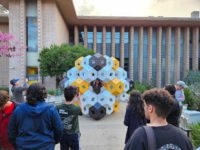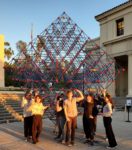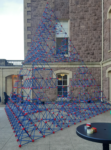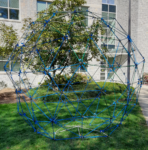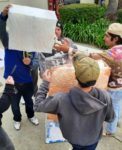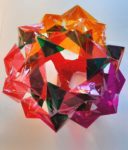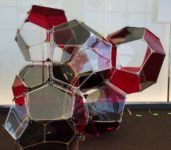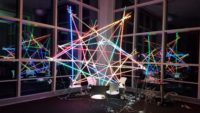A Late-Entry Lattice: The Surprising Rigid Honeycomb

A couple speakers dropping out at the last minute left a hole in the Math & Art session’s schedule the other week at MAA MathFest 2024 in Indianapolis, IN. As the famous expression you’ve no doubt heard countless times goes: when life gives you cancellations, make cantellations!
Read More


